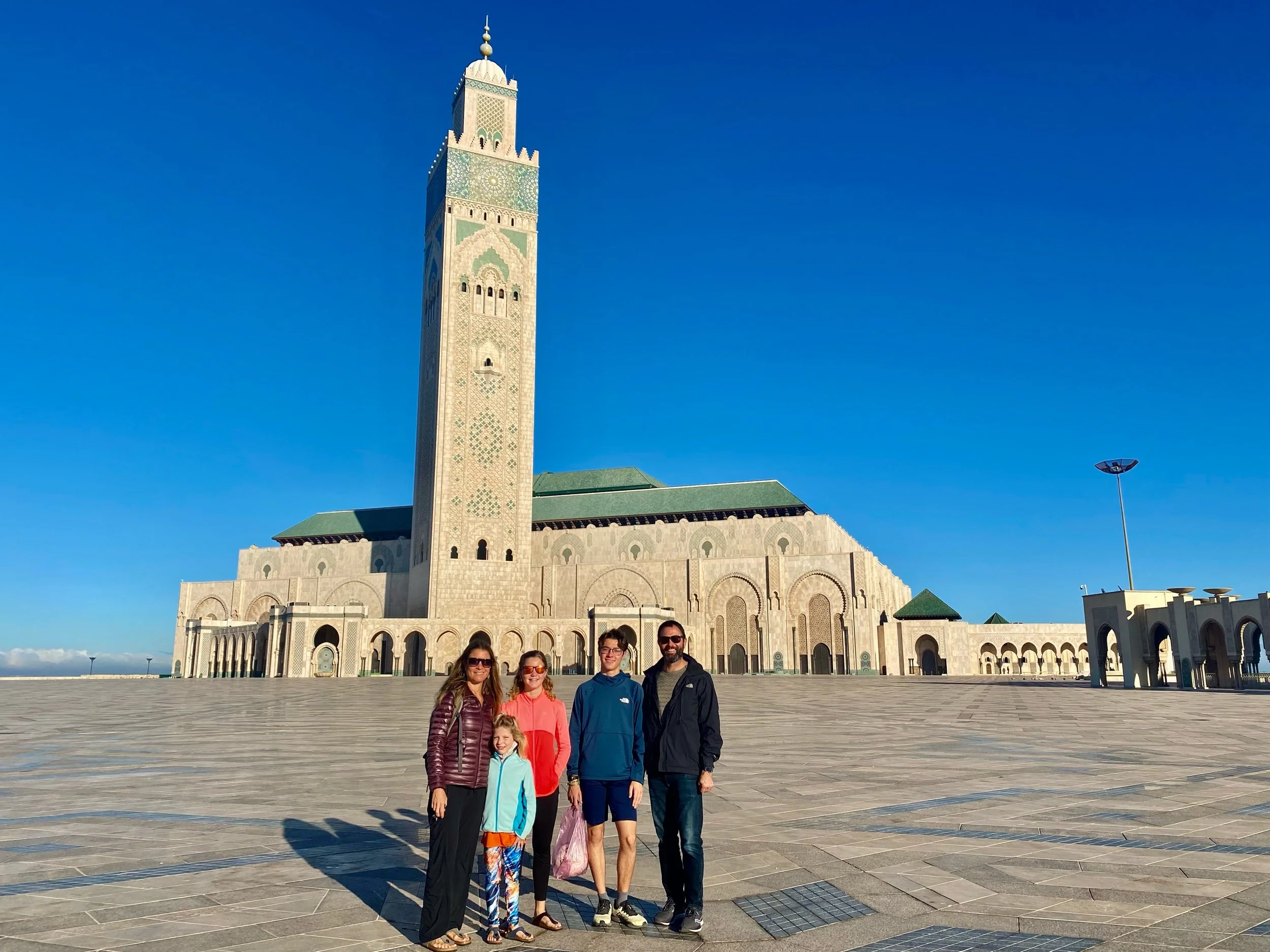Monte Alban and Mitla; Ancient ruins in Oaxaca valley
For one month we stayed in Oaxaca de Juarez. Our house is on a hill directly opposite Monte Alban, the large mountain that looms above Oaxaca city. Thinking like an ancient civilization, you can see why this would be a good place to settle, it can be easily defendable, it would be hard for your enemies to sneak up on you, and, if you are a very religious Zapotec (the indigenous people living in Oaxaca valley), mountains are interconnected with many myths and traditions. Monte Alban (in Spanish meaning ‘white mountain’ and in Zapotec, Danipaguache, meaning ‘Sacred mountain’) was settled during the 6th century B.C. Slowly growing larger and larger, until it became the largest pre-Colombian metropolis in Oaxaca valley. Monte Alban has even been considered the oldest metropolis in the Americas. We just had to check it out.
Because of covid restrictions, only 400 people a day were allowed inside. This being said, the best time to go is in the morning, so you have a pretty good chance of getting in. The park itself opens at 10:00, but when we arrived at 9:00, there was already a fairly large line. There is plenty of parking. The entrance fee is small, 3 to 4 dollars per adult, and kids 13 & under are free. Two websites to visit are the INAH Site (Spanish only) UNESCO World Heritage site on Monte Alban. You can learn more about the history, and find out the latest information about visiting.
The side buildings at Monte Albán
Once you pay for entry and get through security, there are indicated paths, but you can do some exploring on your own. There are signs all over, all in Spanish, English, and Zapotec (the language spoken by the prehispanic people in the region).
You start out walking up a hill, the steps were made nearly two thousand years ago. At the top, you find many stone buildings. These structures were made to have a wooden building stand on top. Most of these buildings were not residential, instead temples for their various gods. After walking past the first buildings, it opens up to a huge open area. More stone structures line the sides. It is incredible!
In the middle of the main field (surrounded by temples and structures) are two buildings. The second of the two is facing 90 degrees from all the other buildings. This is the observatory, where the priests (they were the well educated/knowledgeable people) would look up at the stars. The observatory faces precisely north. At the very end, you find a temple so tall, that at first, you think it’s a hill. Large stairs lead up to the top. This is the main structure, and it is magnificent. Walking around and reading the signs can last you a few hours on top of the mountain.
Now for a bit of history, as I mentioned above, it was first founded in the sixth century, B.C. by the Zapotec people. Monte Alban was inhabited until about 850 A.D (50 years shy of the end of the Mayan classical period). After this, the area was gradually abandoned. The people at Monte Alban interacted with other peoples as far away as the Teoticuacans. The site had more than 17,500 people in its heyday. Being a history nerd, I loved it. The views were also impressive and worth the visit.
The largest temple at Monte Albán (for scale you can see the person on top)
Cool patterns at Mitla
About two weeks after visiting Monte Alban, we took an hour's drive to Mitla, other ruins in the Oaxaca valley. Mitla is known for its geometric patterns on the walls of the ruins. A fun fact is that Mitla is one of the oldest continually inhabited cities in the Americas. Due to Covid, just like at Monte Alban, Mitla has a restriction on the number of visitors per day. Because Mitla’s archeological site is smaller, only half as many people can visit it (200 people a day).
Stationed around the site are many hand sanitizers and everyone wears masks. You can immediately see the patterns cut out into the surrounding walls. There are waves, spirals, and diagonals. This site doesn’t have as many informative signs, and to really understand you would probably have to get a guide. Some of the tombs that you could previously enter and explore, are now closed due to covid.
We walked around and saw it all in about 30 minutes. Around the town of Mitla, there are a few more sites, some made out of adobe (sun-baked bricks) and others similar to the insides of the one the site. The only ones that have the patterns are inside the site itself. We spent around 3 hours in the city of Mitla (this included a stop for lunch at the local market!)
Visiting and exploring these sites was awesome, and I learned quite a bit about the prehispanic cultures in Oaxaca valley. If you come to Oaxaca, you should definitely check them out. The little money you do have to pay is well worth it, but don’t take my word for it, visit them yourselves!
Cacti at Mitla



































